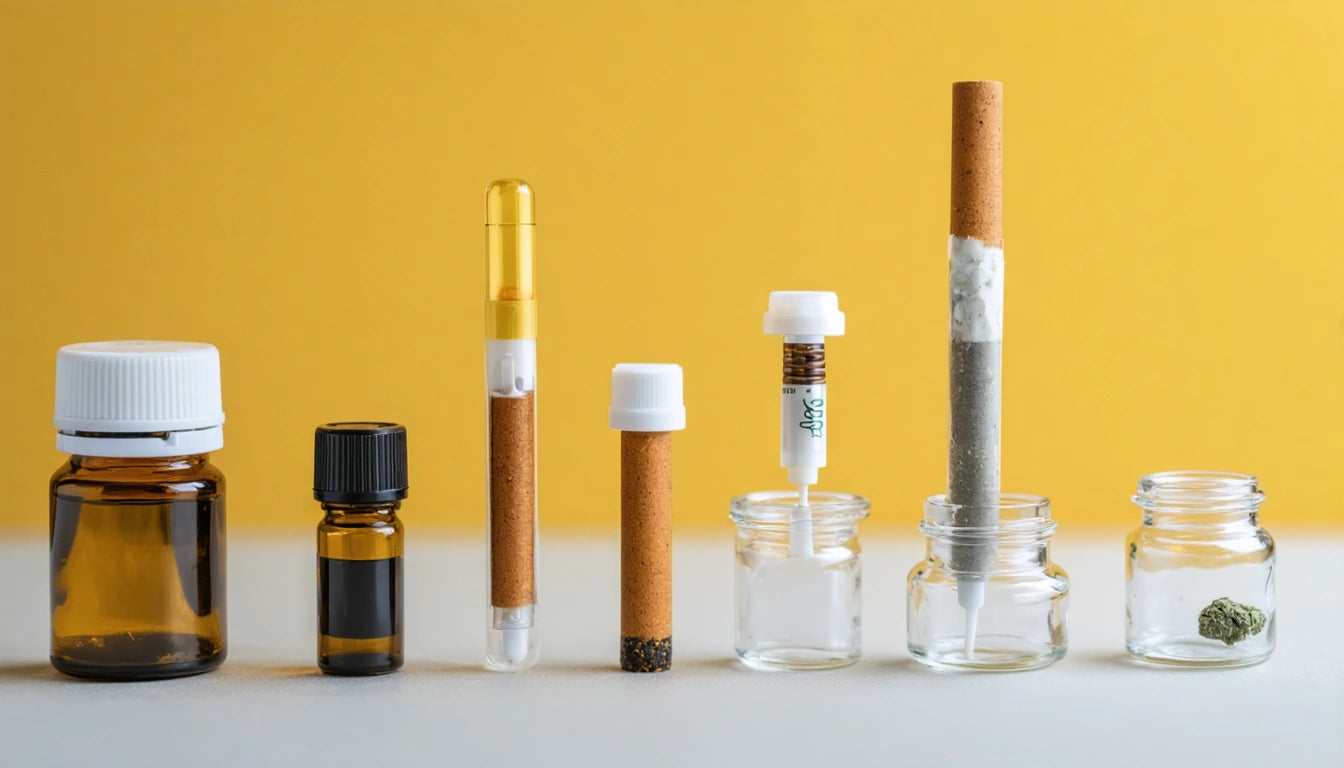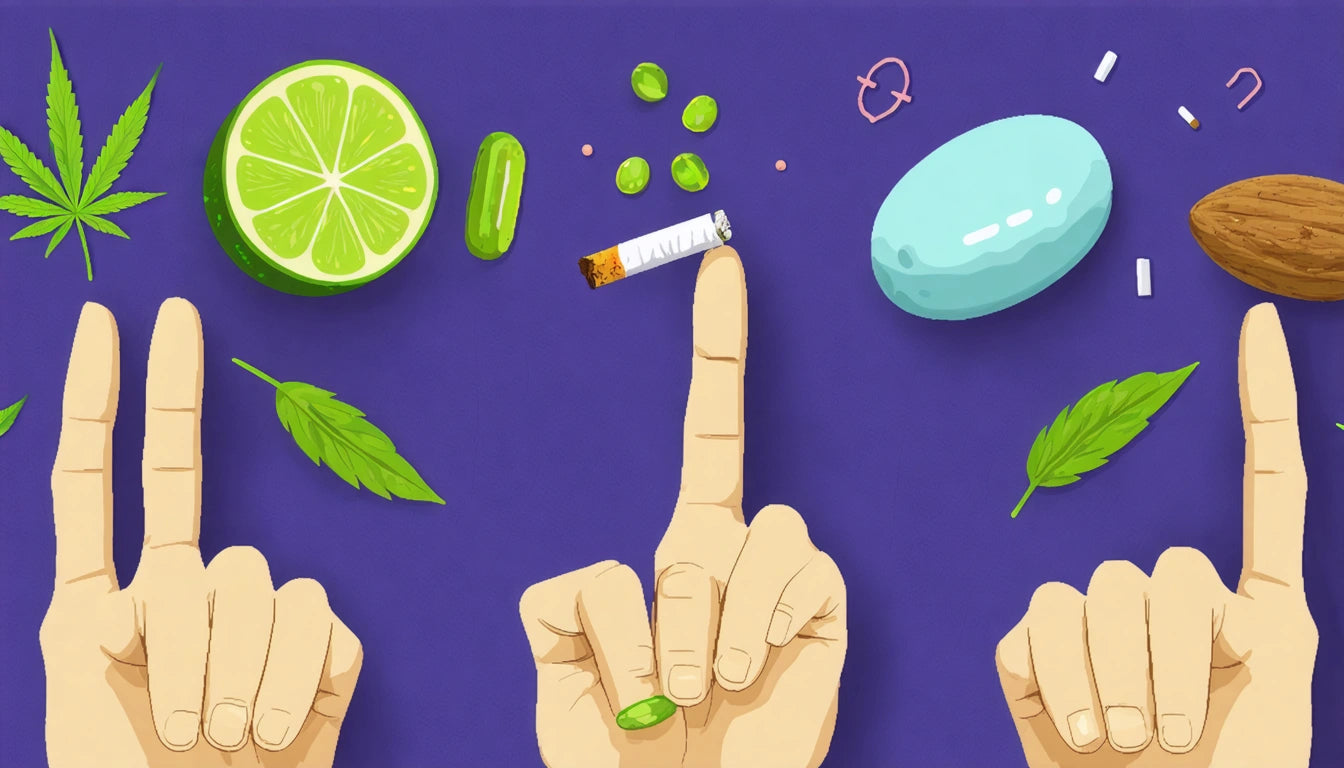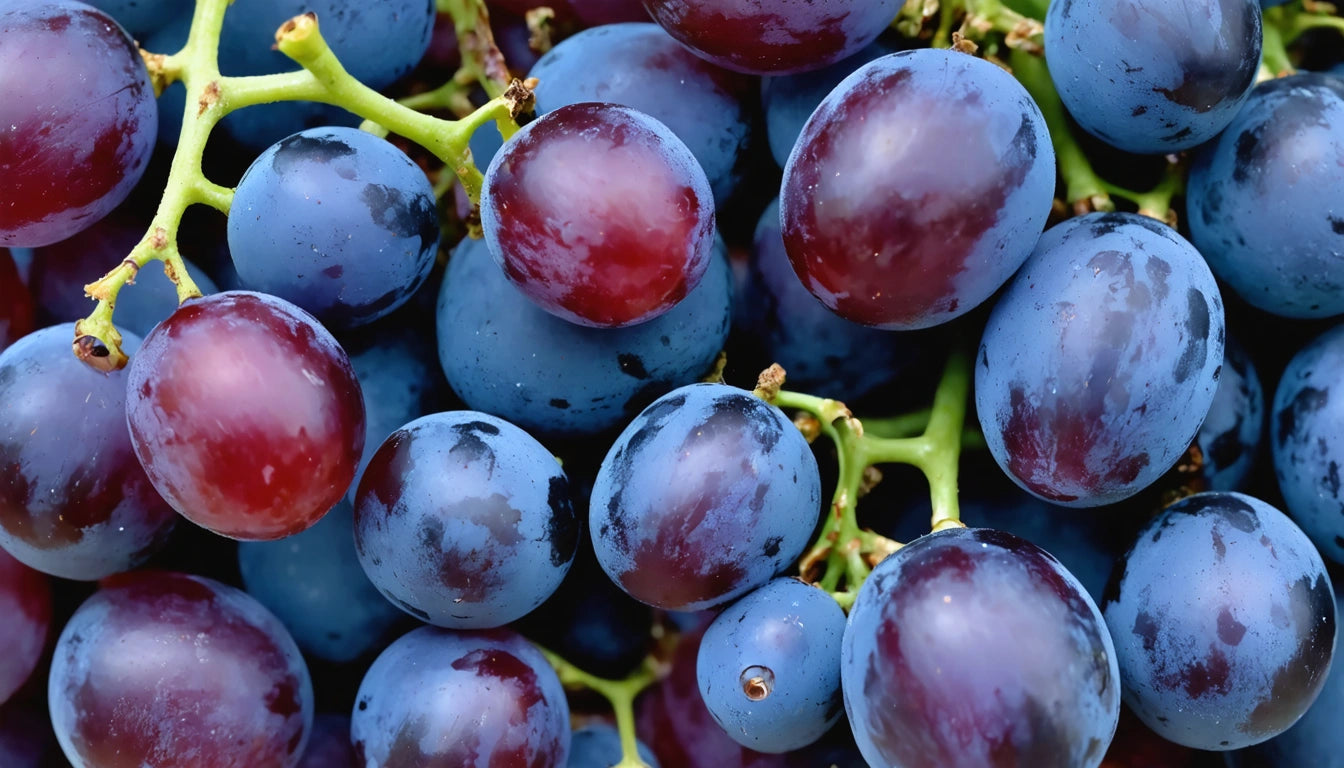Table of Contents
How Many Milligrams Are in a Joint?
Understanding how many milligrams are in a joint is essential for both recreational users and medical cannabis patients seeking consistent dosing. While the answer varies based on several factors, having a clear understanding of typical measurements can help consumers make informed decisions about their consumption.
Typical THC Content in a Standard Joint
A typical joint contains approximately 0.3 to 0.5 grams of cannabis flower. According to research on typical joint THC content, the total THC can range significantly based on the potency of the strain used.
For cannabis with 15% THC content (fairly common in commercial products):
- A 0.3g joint would contain approximately 45mg of total THC
- A 0.5g joint would contain approximately 75mg of total THC
- A 1g joint would contain approximately 150mg of total THC
However, it's important to note that not all of this THC is absorbed during consumption. Studies suggest that bioavailability through smoking ranges from 10-35%, meaning the actual absorbed amount is considerably lower than the total content.
Factors Affecting THC Levels in Joints
Strain Potency
Modern cannabis strains can vary dramatically in potency, with THC percentages ranging from 5% in milder strains to over 30% in high-potency varieties. This means a joint rolled with high-THC flower could contain two to three times more THC than one rolled with average-potency cannabis.
Joint Size and Rolling Technique
The amount of cannabis used in a joint directly impacts its total THC content. Understanding joint measurements is crucial for consistent dosing. Tightly packed joints may burn more slowly and potentially deliver more cannabinoids than loosely rolled ones.
Measuring THC Content: Methods and Accuracy
For consumers seeking precise dosing, understanding how THC is measured can be valuable. Laboratory testing provides the most accurate assessment of cannabis potency, but consumers can make reasonable estimates based on product labeling and weight.
When purchasing pre-packaged products, proper storage is essential for maintaining potency. Many consumers use specialized containers with child-resistant lids to preserve freshness while ensuring safety, especially in households with children.
For homemade joints, calculating approximate THC content involves:
- Noting the THC percentage of your flower (from dispensary labeling)
- Weighing the amount of cannabis used
- Multiplying weight (in mg) by the THC percentage
For example, 0.5g (500mg) of 18% THC cannabis would contain approximately 90mg of total THC.
Consumption Patterns and Dosage Considerations
Understanding how many milligrams are in a joint helps consumers manage their intake more effectively. Single joint THC content can vary widely, which is why many medical patients and careful recreational users prefer alternative consumption methods with more precise dosing.
Comparing Joint Consumption to Other Methods
When comparing joints to other consumption methods:
- Edibles: Dosage is clearly labeled (typically 5-10mg per serving)
- Vape cartridges: Measured in mg of extract (250-1000mg) with known potency
- Tinctures: Measured in mg per drop for precise dosing
Joints tend to offer less precise dosing but remain popular for their tradition, simplicity, and rapid onset of effects. Many consumers are now exploring joint rolling techniques that allow for more consistent experiences.
Practical Applications of Understanding Joint Potency
Knowing how many milligrams are in a joint has several practical applications for both consumers and industry professionals. For dispensaries and producers, accurate labeling helps customers make informed decisions. For consumers, this knowledge enables:
- More consistent experiences from session to session
- Better management of tolerance development
- Ability to calculate cost efficiency (price per mg of THC)
- Safer consumption with reduced risk of overconsumption
Many consumers are now tracking their usage more carefully, with some even calculating how many joints they can roll from a standard purchase to better manage both consumption and budget.
For those concerned about waste or maximizing their purchase, learning proper joint maintenance techniques can help preserve potency between sessions.
As the cannabis industry continues to mature, we can expect more standardization in dosing recommendations and product formulations, making it easier for consumers to understand exactly how many milligrams are in the joints they consume.











Leave a comment
All comments are moderated before being published.
This site is protected by hCaptcha and the hCaptcha Privacy Policy and Terms of Service apply.